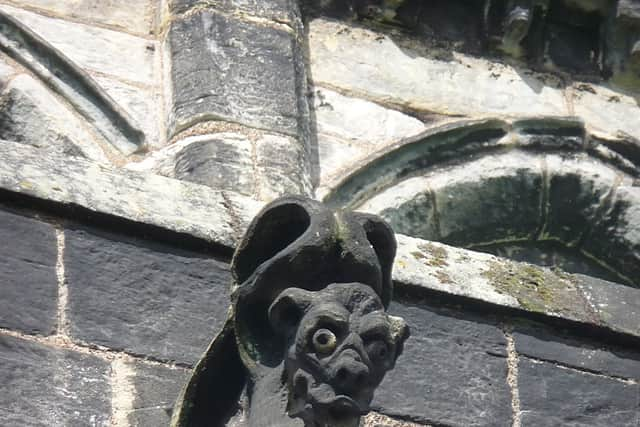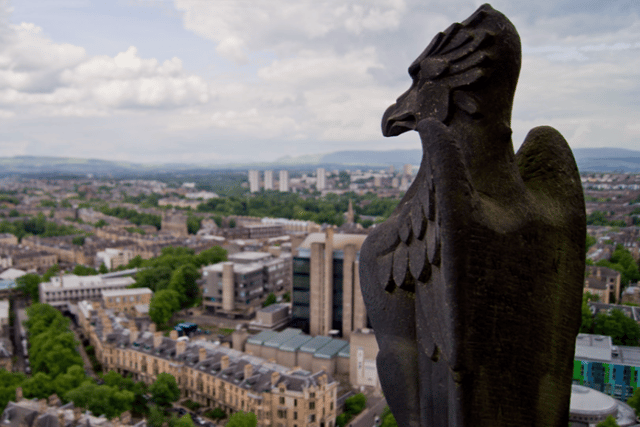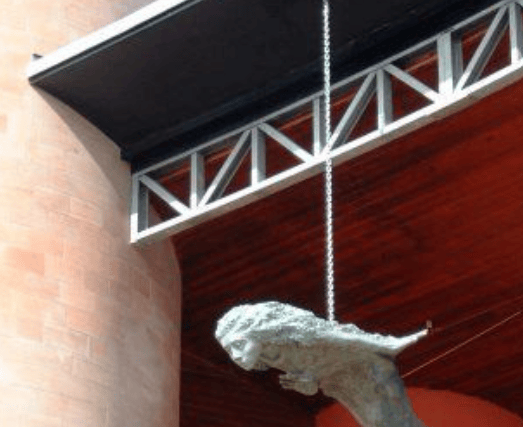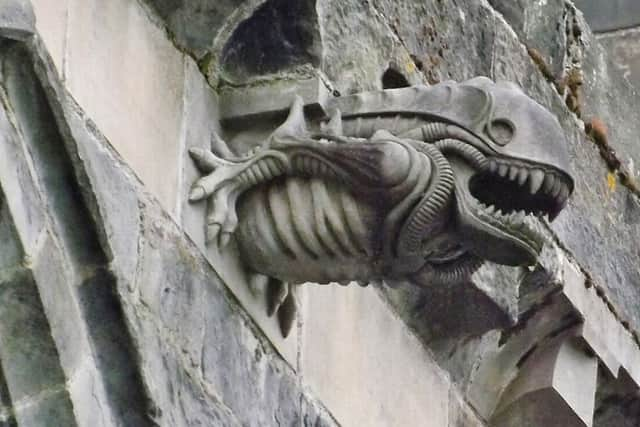Gargoyles of Glasgow explained: Aliens, angels, or just some old stone statues?
and live on Freeview channel 276
When we think of gargoyles it conjures up images of ancient & ominous stone monsters, peeking out from the stoneworks of age-old buildings in exotic and strange places like Paris - it might be surprising for you to hear that there are plenty of Glaswegian gargoyles dotted around the city.
Glasgow has a rich history that is apparent to anyone walking down any one of the cities many streets - on either side you’ll be flanked with stunning Victorian and Edwardian architecture. And if it any point you look up in the city centre or West End - you’ll more than likely lay eyes upon a stunning stone statue or sculpture peeking out over the city streets.


Advertisement
Hide AdAdvertisement
Hide AdMost of these centuries-old artistic wonders go unnoticed by commuters going about their daily business - and that’s just a part of the magic of Glasgow, there’s always something new to discover. Gargoyles are just one of the many artsy marvels the city has to offer.
In contrast to most other statues in the city though, gargoyles are almost designed to look grotesque and monsterous - which is odd to think of when you consider most gargoyles can be found on church buildings, in Glasgow the highest concentration of Gargoyles can be found on Glasgow Cathedral and Paisley Abbey - although you can also find the odd one on older buildings like the University of Glasgow.


Originally, Gargoyles were just meant to serve as a waterspout, spitting out water away from the sides of the building - a bit like an early version of a drain pipe, obviously the ancient architects didn’t have access to PVC tubing. That doesn’t stop the statues from having a more spiritual foreboding quality though, as the years went on Gargoyles began to become associated with the mystical medieval period.
A lot of people, especially way back when, attribute gargoyles with the power to ward off evil spirits, guarding the buildings they occupy and protecting those inside. Glasgow had one gargoyle in particular that caused a stir in the superstitious among us.


Advertisement
Hide AdAdvertisement
Hide AdBack in 2002, a suspended bronze figure in New Gorbals, officially called the Gatekeeper, developed a red stain on the palm of its outstretched hands, which people linked to the stigmata that Jesus Christ endured on the cross. The sculpture that has been hanging over Caledonian Road since 1998 was quickly dubbed ‘the angel’ by the public - despite the fact it doesn’t have any wings.
The sculptures artist, Matt Baker, offered a more realistic explanation: he believed he left a steel pin in the hand, that had become rusted by dripping water. As of 2022 the stain is barely visible, if at all. Technically, the statue can’t be called a gargoyle because it serves no water-clearing function, it would be more accurate to call it a ‘grotesque’ - the name given to gargoyle-like statues that are created for aesthetic purposes.
But that’s not all, why does a 12th century Abbey in Paisley have a gargoyle that looks exactly like the Xenomorph from the Alien film released in 1979?


Well, there’s an explanation for that too. The gargoyles stood at their watch from the gothic spires of Paisley Abbey for 800 years - but when it came to a remodelling in 1998, a lot of the old stone statues were a lot worse for wear, with some of the original 12 gargoyles crumbling entirely. This was mostly due to water damage, with all but one of the gargoyles being destroyed - still though, the better half of a millenium is a great warranty for any glorified drain pipe.
Advertisement
Hide AdAdvertisement
Hide AdAn Edinburgh stonemason firm was called in to create some new gargoyles to replace the old ones - and they took the liberty to include a reference to one of the most renowned horror films of all time. The gargoyle is placed high above eye-level, so you’ll really need to squint to see it - but it’s been a well-received feature in the community nonetheless.
Comment Guidelines
National World encourages reader discussion on our stories. User feedback, insights and back-and-forth exchanges add a rich layer of context to reporting. Please review our Community Guidelines before commenting.
